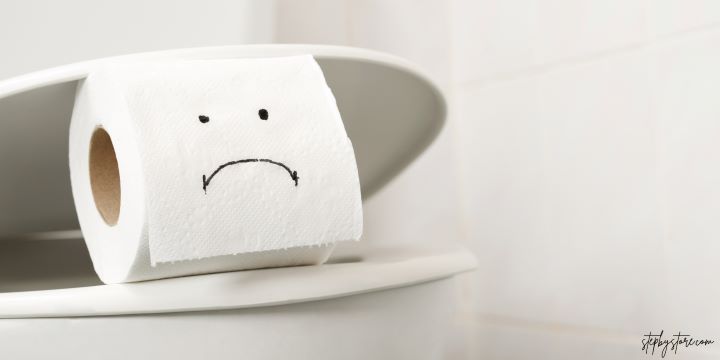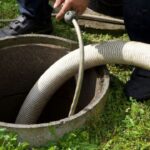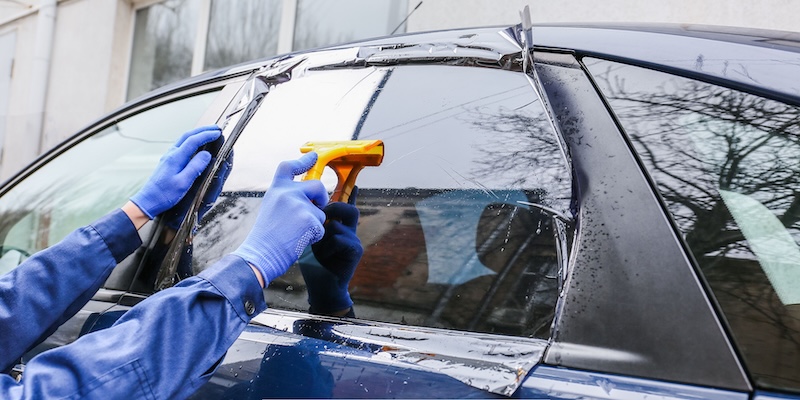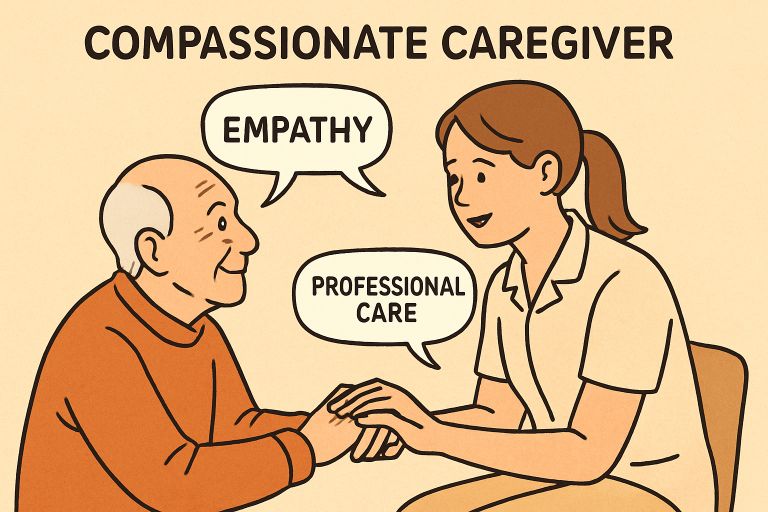Key Takeaways
- Flushability testing ensures disposable hygiene products are safe for plumbing systems and the environment.
- Improperly flushed products can lead to significant plumbing issues and environmental damage.
- Consumers must be aware of what products are flushable to make informed decisions.
Table Of Contents
- What is Flushability Testing?
- Why Non-Flushable Products Are a Problem
- The Standards for Flushability
- Environmental Impact
- Consumer Awareness and Responsibility
- Manufacturers’ Role in Ensuring Safety
- Conclusion
What is Flushability Testing?
Flushability testing is an essential process that evaluates whether a product can be safely flushed down a toilet without causing blockages in plumbing systems or harm to the environment. This testing is crucial for ensuring that products marketed as flushable meet specific performance standards that enable them to break down quickly and efficiently in sewage systems. By conducting flushability testing, manufacturers can determine how well their products disintegrate in water, minimizing the risk of blockages. Additionally, this process helps manufacturers verify that their products won’t contribute to environmental issues like water pollution or damage to marine ecosystems. Customers are confident that goods with flushable labels have passed stringent testing to verify their efficacy and safety.
Why Non-Flushable Products Are a Problem
Despite being marketed as flushable, many disposable hygiene products are not safe to dispose of in this manner. Items such as wet wipes, diapers, and sanitary pads are often responsible for causing severe blockages in household plumbing and municipal sewage systems. These materials can build up to create enormous obstructions known as “fatbergs” since they are difficult to decompose. According to a report, these fatbergs can cause widespread disruption, leading to costly repairs and maintenance. Such incidents underscore the importance of proper disposal methods and the need for stringent flushability standards. Moreover, blockages in municipal sewage systems can lead to overflow events, where untreated sewage contaminates local waterways, posing significant health risks to humans and wildlife. These overflow events can also have long-lasting effects on water quality, making it essential to prevent blockages through proper product disposal and adherence to flushability standards.
The Standards for Flushability
To address the issues arising from non-flushable products, authorities like the International Water Services Flushability Group (IWSFG) have developed robust standards. These standards include comprehensive tests to determine whether a product is genuinely flushable. The tests evaluate the product’s ability to degrade in water, strength, and potential to cause blockages. Products can only be certified flushable once they have passed these stringent tests. Manufacturers must follow these guidelines to ensure their products don’t harm the environment or infrastructure. Businesses can contribute to lowering the frequency of sewer obstructions and preserving water quality by fulfilling these benchmarks. These guidelines also give producers a platform for product innovation and improvement, guaranteeing that flushable goods are both consumer-friendly and safe for the environment and infrastructure. The disposable hygiene product sector can strive to create more dependable and sustainable solutions through ongoing testing and development.
Environmental Impact
Beyond the plumbing issues, improperly disposed of non-flushable items have a significant environmental impact. When these products are flushed, they often reach natural water bodies, resulting in pollution that endangers ecosystems and marine life. Items like wet wipes and sanitary pads can persist in the environment for years, releasing microplastics and other harmful substances as they slowly degrade. Even products labeled as flushable can contribute to this pollution, underscoring the need for rigorous testing and accurate labeling. The persistent nature of these materials makes it imperative to manage their disposal responsibly to protect the environment.
Moreover, non-flushable objects can upset ecosystems’ natural equilibrium, harming aquatic environments’ general health and biodiversity. This is the case with natural water bodies. The human groups that depend on these ecosystems for their livelihoods and leisure can be negatively impacted by these changes, which can also have cascading impacts on the food chain and affect marine species. By tackling the ecological consequences of flushable products, we may work towards a more sustainable and healthful future for our world.
Consumer Awareness and Responsibility
To mitigate the problems related to non-flushable products, consumers are essential. Greater awareness and education about what items can be safely flushed are crucial. Labels can often be misleading, with many products claiming to be flushable when not. Consumers need to verify these claims by looking for certification from recognized standards like those from the IWSFG. Customers could also consider using reusable or biodegradable alternatives instead of single-use items and cutting back on their usage. Through educated decision-making and conscientious disposal practices, customers may lessen the damage that improper flushing does to the environment and infrastructure.
Furthermore, education campaigns and public awareness initiatives can significantly inform consumers about the importance of proper disposal practices. By promoting the benefits of sustainable alternatives and highlighting the negative impacts of non-flushable products, we can encourage more responsible behavior and foster a culture of environmental stewardship. Individuals and communities can positively impact the issues presented by throwaway hygiene products by working together and sharing responsibilities.
Manufacturers’ Role in Ensuring Safety
Manufacturers primarily must guarantee that their items adhere to flushability regulations. This responsibility includes conducting thorough tests to confirm the products degrade appropriately in wastewater systems and clearly labeling items to inform consumers accurately. Transparency in the testing process and results is critical to gaining consumer trust. Furthermore, manufacturers can take charge by innovating and investing in developing biodegradable materials. These efforts help reduce environmental impact and prevent the common issues related to non-flushable products. Manufacturers can play a crucial role in protecting plumbing infrastructure and the environment by prioritizing these actions. In addition to developing more sustainable products, manufacturers can partner with environmental organizations and government agencies to promote best practices and support efforts to improve waste management systems. Manufacturers can help create a more complete and effective solution to the problems caused by throwaway hygiene products by working with stakeholders from other industries. This proactive approach can lead to more significant industry-wide improvements and help set new environmental responsibility and consumer safety standards.
Conclusion
Flushability testing is far more than a convenient attribute; it’s a vital process to safeguard plumbing systems and the environment. Consumers and manufacturers are responsible for ensuring that only appropriate items are flushed. Consumers should be educated about truly flushable products and practice responsible disposal, while manufacturers must adhere to strict standards and transparent testing to ensure their products meet these criteria. Together, by staying informed and making responsible choices, we can significantly reduce the impact of disposable hygiene products on our infrastructure and ecosystems, contributing to a cleaner and safer world. By adopting a team mentality, we can guarantee a better environment for coming generations, foster the creation of creative solutions, and advance sustainable practices. Through education, awareness, and collaboration, we can create a positive change that benefits our communities and the planet.







